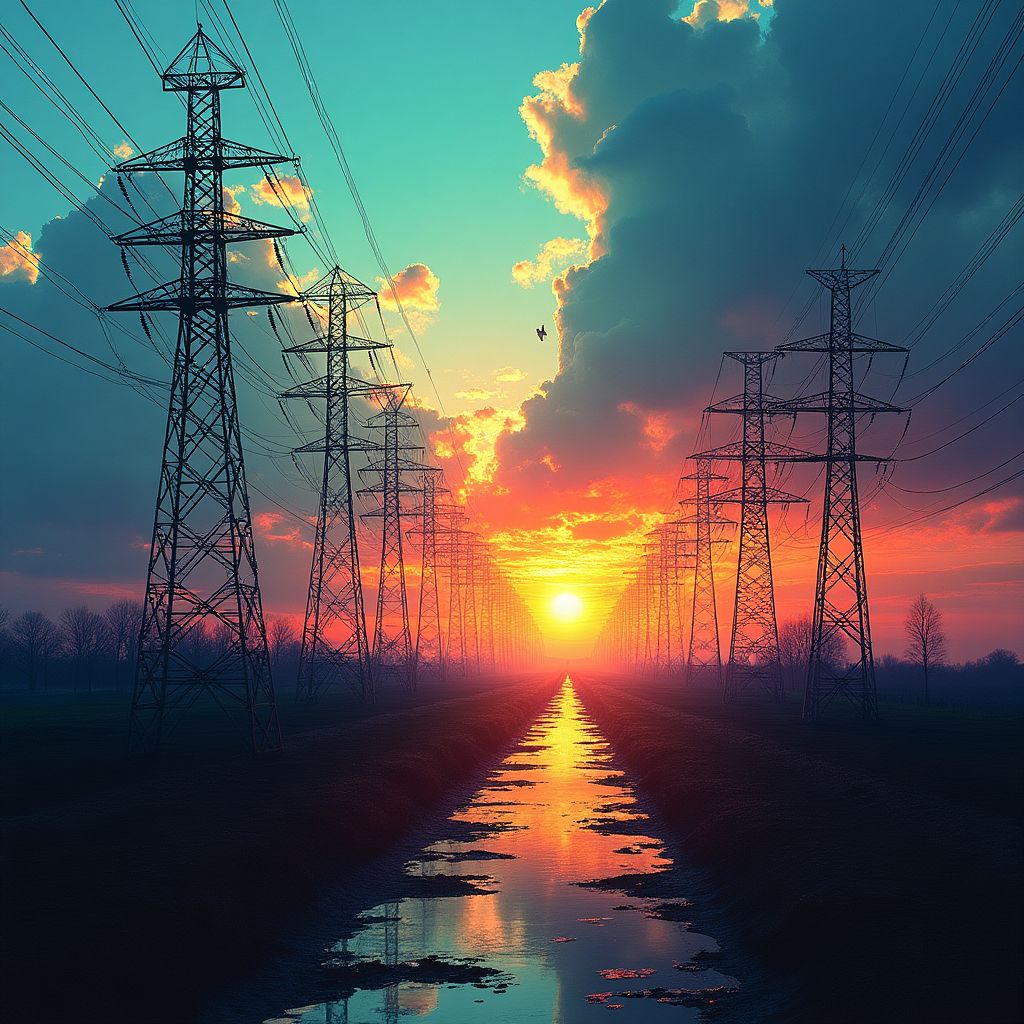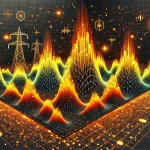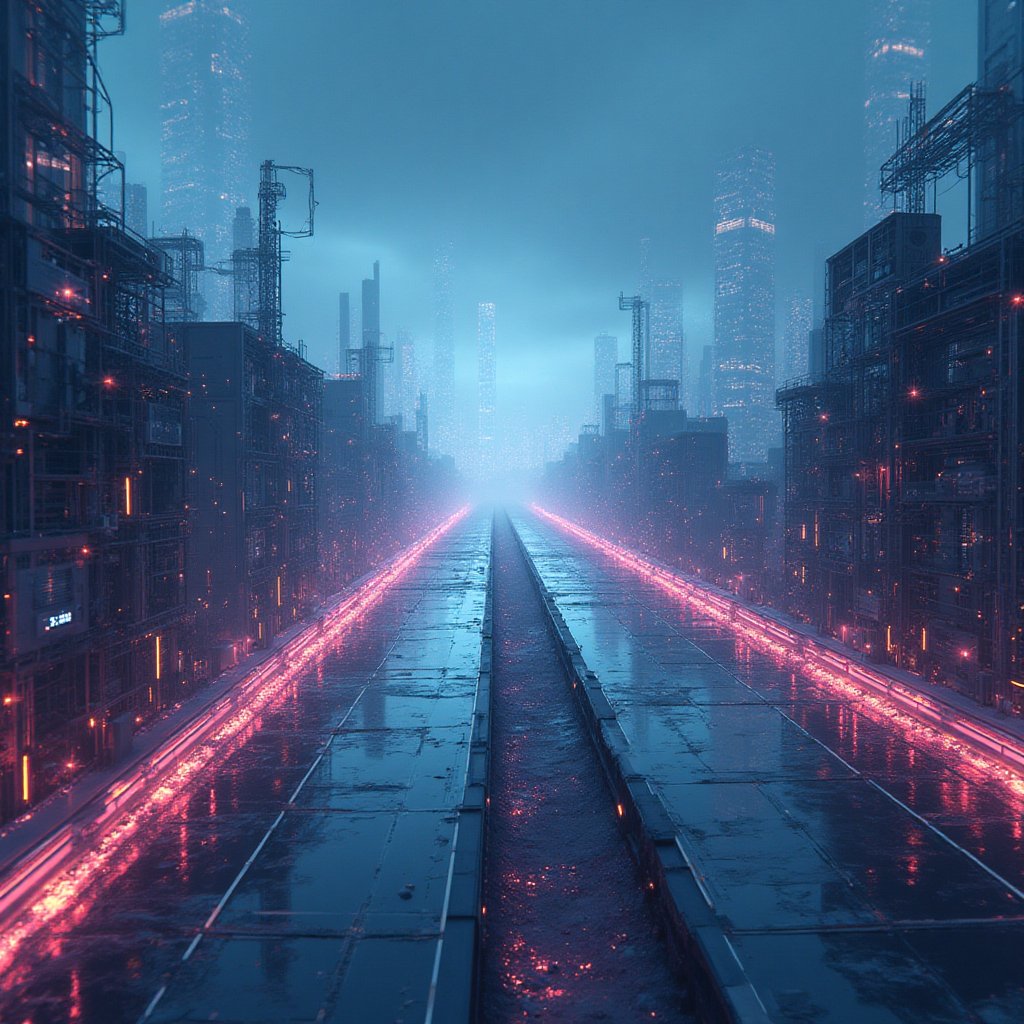Picture this: it's Valentine's Day 2021, and instead of hearts and roses, the central stage is taken by Winter Storm Uri, a ghostly visitor unleashing ice and snow over North America. With spectacular ambition, this winter tempest covered half of the continental U.S. A flurry of emotions, as dramatic as a rom-com but as deadly as a thriller, swallowed Texas where nearly 4.5 million people found themselves in a blackout, revealing the cracks in the Lone Star State's electric facade. Up to 700 Texans lost their lives—a cold, hard reality brushed aside by the warmth of their Texan sun.
Welcome to the formidable tale of America's electric grid, a world unlike any other. Let’s dissect why half of the U.S. was ensnared by darkness not just during storm Uri, but repeatedly throughout the year. With a total of five hours of outages annually per person, it might seem negligible. Yet, the nation pays tens of billions of dollars for this regular rendezvous with the dark. Imagine trying to sculpt a giant, riddled with hidden twists and turns, lovingly named the North American Electric Grid. It is a web of nearly ten million kilometers of wires linking 11,000 power plants to over 150 million customers—a Goliath of a machine prone to sputtering into silence.
What would you say if I told you this monstrous apparatus and its heart of aged iron, some over 120 years old, is plagued with causes as absurd as gnawing squirrels? While nature plays its capricious hand, the antiquated bones creak, awaiting a revival that simply isn't easy or cheap. Ah, modernity, the promise of a twinkling grid, cost-effective and seamless, a dream worth realizing. But for the here and now, let's unravel the grid's tangled threads.
When you speak of 'the grid', it encompasses an orchestra of energy sources that whimsically intertwine, spanning coal, natural gas, nuclear, and a smidgen of solar and wind. While you may play a part in this electricity opera by asking for wind over coal, know that these systems are crotchets and semi-quavers in a score impossible to rearrange at your whim. It dances through wires, greeted lovingly by your outlets—at least when there's enough to go around, when the conductor's baton hasn't faltered in its prediction of our daily electricity ballet.
As morning rises, so does our power usage, peaking around dinner before sleep hushes the clamorous demand. Power companies anticipate this rhythm as eternal, as predictable as the sunrise, yet precariously balanced like an acrobat tightrope. Their dance with excess can waste energy frivolously, while too little risks shoving some of us into unanticipated shadow—an eternal choreography juggling brownouts to secure the grid’s harmony.
Let us pause and consider Winter Storm Uri, when a missed beat in Texas’s cautious electricity ballet led to a dissonance of 14% more power demand than anticipated. Efforts to stoke the oil and natural gas fires faltered in the frosty embrace of slowed fuel. Wind turbines stood still, and snow-choked solar panels blinked silently. The grid, a lone cowboy separated from the national rodeo, couldn’t call in cavalry power from outside state lines. Chaos, it seemed, was a raven of their own making.
Yet, the tale of scarcity isn't scripted by demand alone. Wildlife and weather—elements of chaos—play their mischievous hand. Squirrels with their incisive appetites, birds with untimely sacrifice, and trees that with a gentle whisper brush power lines into a slumber. Solutions, you say? Perhaps the dream lies underground, yet it’s a pricey one. Each rural kilometer consumed by earth asks for $500,000, while urban miles greedily demand thrice.
Truth is, underground networks, though shielded from atmospheric caprices, face watery woes and demand deep pocketed investments for reliable insulation. Digging to maintain becomes a costly endeavor. Above ground, storms still rage on substations and plants—inexorable players on this grid’s great stage. Perhaps justice lies not in burial, but in fortifying our resolve with protective structures and innovative coatings, like modern armor for our power warriors.
Surely, you wonder why the clockwork efficiency of our transatlantic cousins, the Germans and Brits, remain unflustered by lengthy outages? Their secret? Mild climates and overabundant energy production. Such abundance allows them the luxury of playful exchanges within Europe's synchronized grid. Meanwhile, the American grid remains a pragmatic, tightly wound machine—a Spartan choosing efficiency’s laurels as decadence's price remains unsung.
By now, the heart of many a red-blooded American must regard our electric grid, born of the Industrial Revolution, with a Dickensian lament. The cobbled-together pieces of the mid-1900s grid ask more than ever for modernization's touch. The cost—a staggering $5 trillion—stretches the imagination, contemplating decades of labor, coin, and sweat. Yet, pause and reflect: aren’t blackout costs thoughtlessly draining billions annually? Imagine that wallet, a gaping maw.
Tell me, if money were endless and resources boundless, would engineers dream of digital futures cavalierly labeled 'smart grids'? Imagine computers—silent sentinels monitoring energy flows, rerouting paths with unparalleled precision. These dreams call for interlaced, cyber secure circuits, intimate connections tying East, West, and Texas—the puzzle solved with microgrids and distributed generation, the backbone reimagined for a green renaissance.
As the horizon beckons, a new age balances delicately upon our collective grid. Our dependency shifts towards renewable sources, like breezes and rays, sings a future chorus echoing ancient promises of sustainability. Yet, traditional marginals find themselves out of tune—a critical lesson for the engineers of tomorrow, still tussling towards harmony not yet found.
Dear reader, do these thoughts of imagined future stir you? What becomes of our electric tapestry if change stirs from its deep-rooted beginnings? Feel the spark in this conversation, and join me in reaching out through the illuminating trails of comments below—we would love to hear your thoughts! Become an affiliate, a pioneer of this "Shining City on the Web", our very own iNthacity. Together, let us like, share, and engage in electric camaraderie.
Wait! There's more...check out our gripping short story that continues the journey: A Temporal Crisis
Disclaimer: This article may contain affiliate links. If you click on these links and make a purchase, we may receive a commission at no additional cost to you. Our recommendations and reviews are always independent and objective, aiming to provide you with the best information and resources.
Get Exclusive Stories, Photos, Art & Offers - Subscribe Today!


























Post Comment
You must be logged in to post a comment.